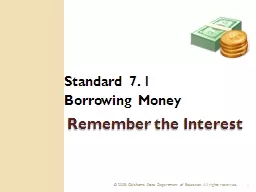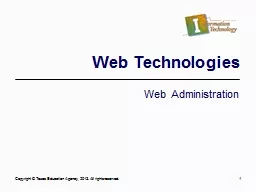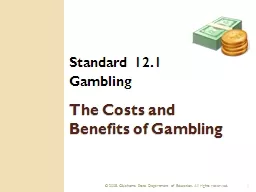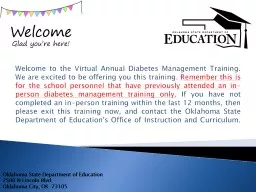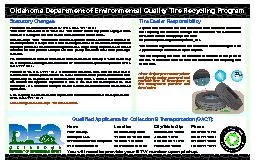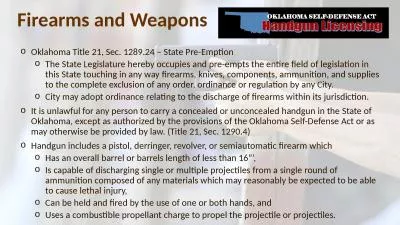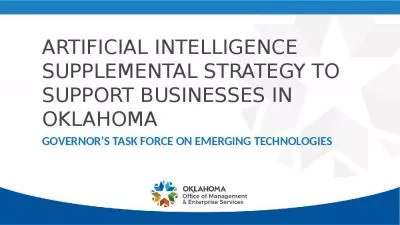PPT-© 2008. Oklahoma State Department of Education. All rights reserved.
Author : lindy-dunigan | Published Date : 2018-12-09
1 Remember the Interest Standard 7 1 Borrowing Money Explain why people borrow money Identify the rights and responsibilities of borrowing money Demonstrate appropriate
Presentation Embed Code
Download Presentation
Download Presentation The PPT/PDF document "© 2008. Oklahoma State Department of Ed..." is the property of its rightful owner. Permission is granted to download and print the materials on this website for personal, non-commercial use only, and to display it on your personal computer provided you do not modify the materials and that you retain all copyright notices contained in the materials. By downloading content from our website, you accept the terms of this agreement.
© 2008. Oklahoma State Department of Education. All rights reserved.: Transcript
Download Rules Of Document
"© 2008. Oklahoma State Department of Education. All rights reserved."The content belongs to its owner. You may download and print it for personal use, without modification, and keep all copyright notices. By downloading, you agree to these terms.
Related Documents

